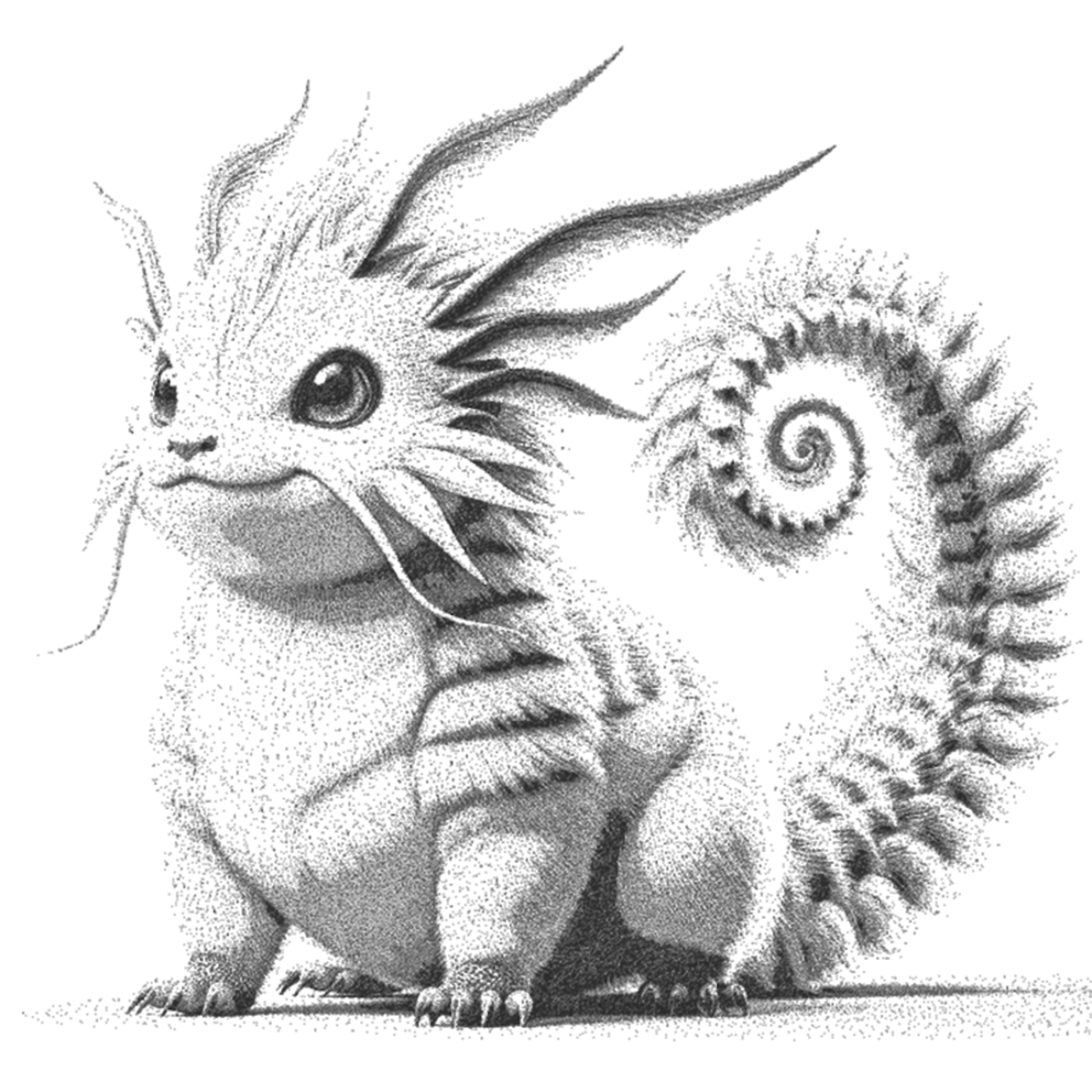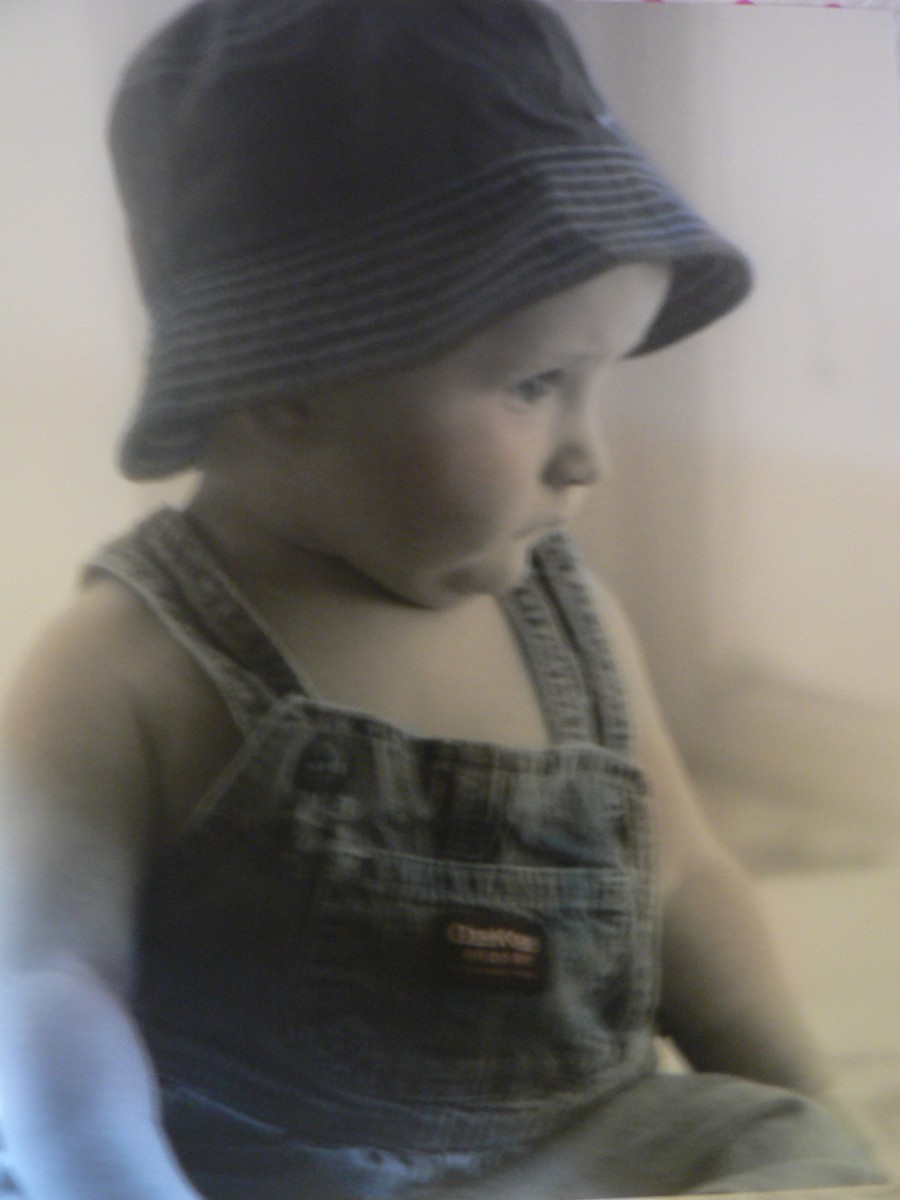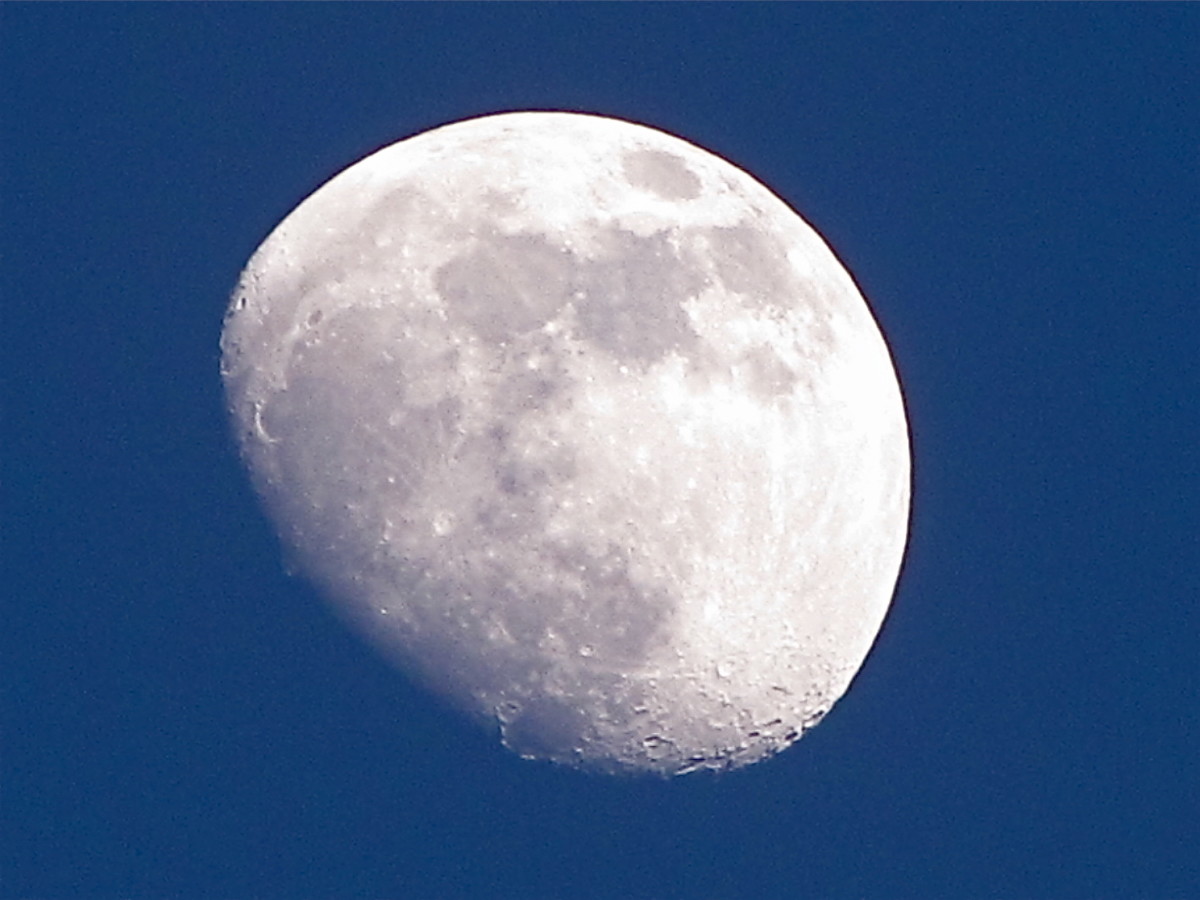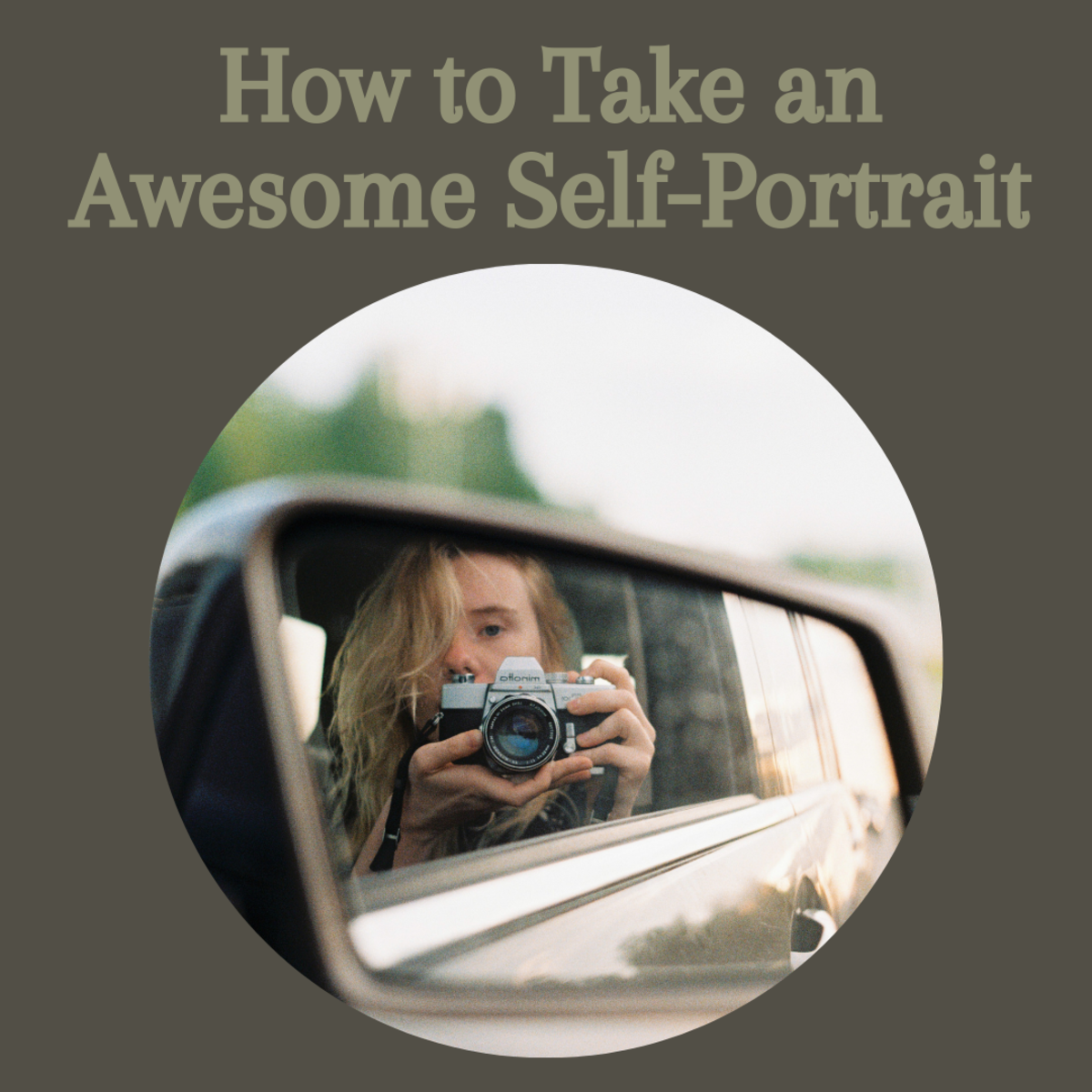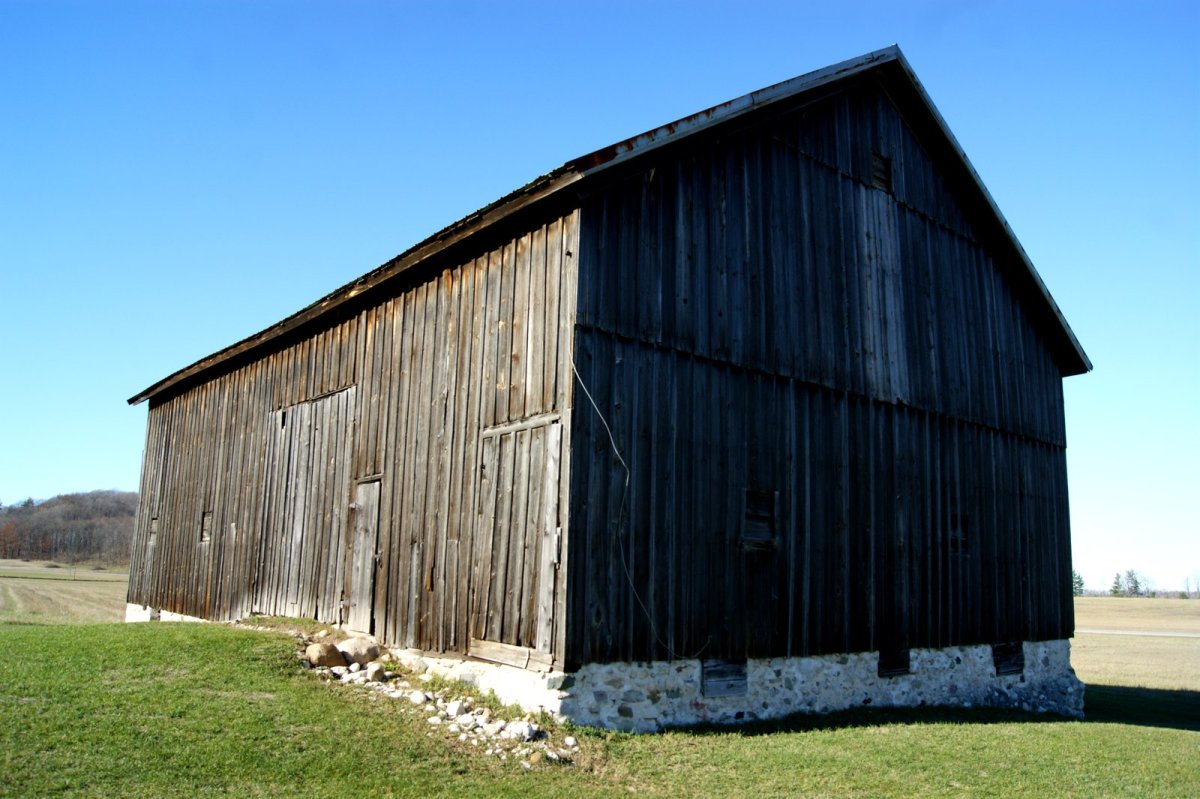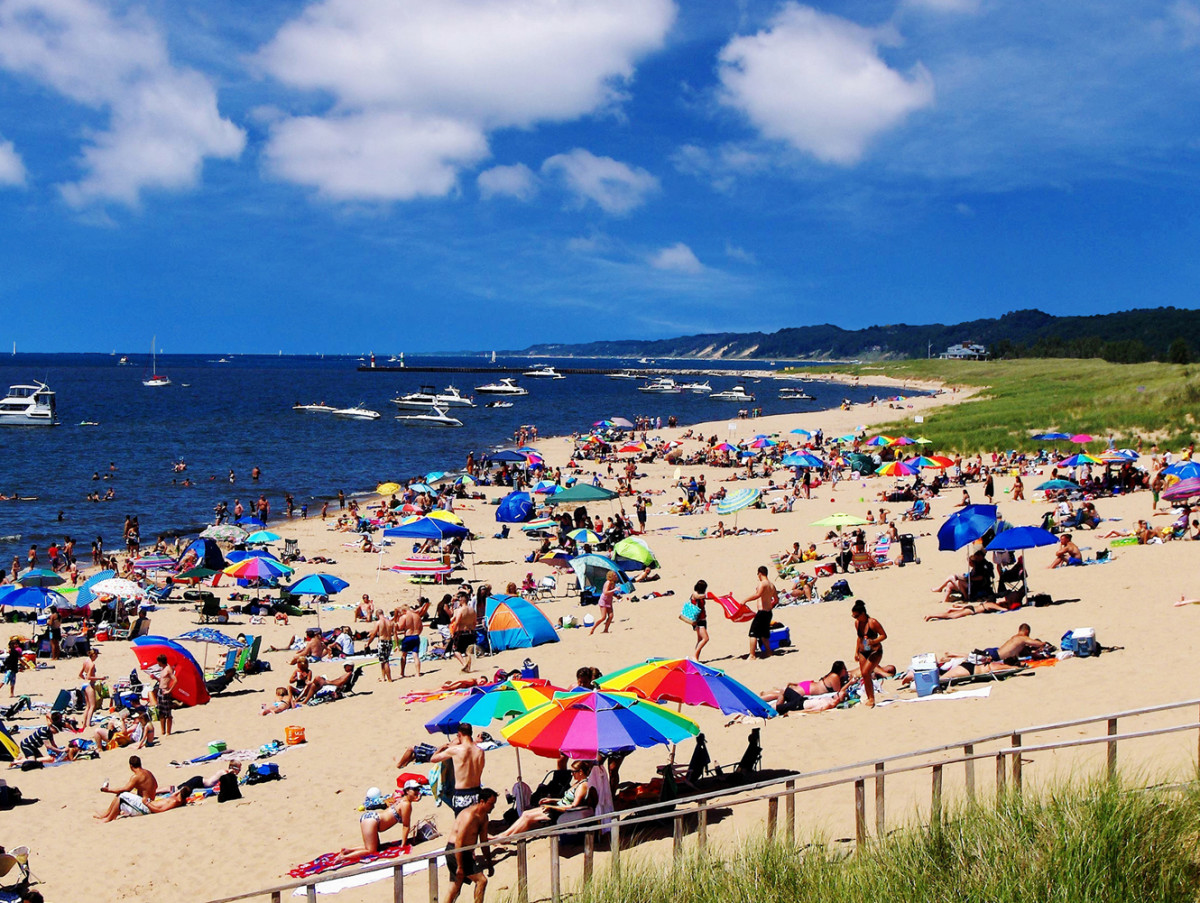Photographing in Sepia
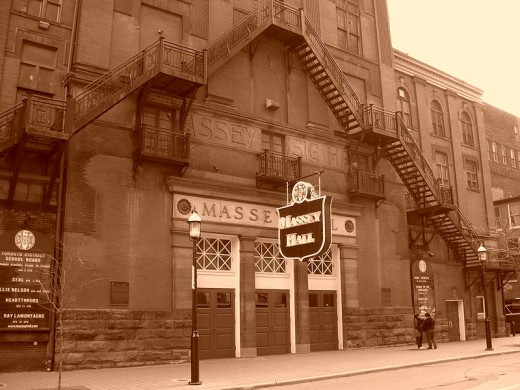
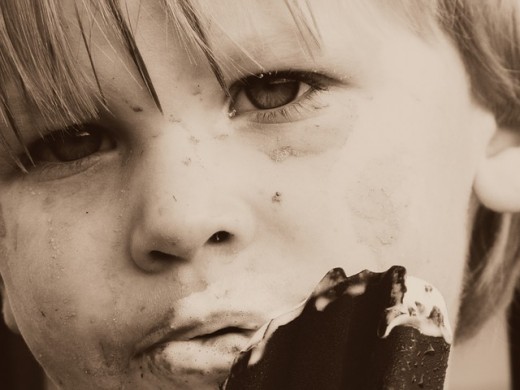
Sepia photography is a method by which a brownish tone is added to photos that makes them more resistant to the effects of time and the elements. Sepia coloring used to be obtained from a pigment found in the ink sacs of cuttlefish (Sepia officinalis).
In photography, toning is a reference to the process of changing the color of black and white photographs, therefore sepia toning is the most common name given to the process of turning black and white photos into sepia photos.
However, today this is mostly done by means of a digital editing software and the images no longer have to be in black and white, they can be in color too and the color can be replaced by sepia. The effects of true sepia toning is to make the image seem "warmer" and to give the image a sense or a feeling of nostalgia.
In digital sepia toning, the effects can range from a true brownish sepia color to almost a reddish tone, so knowledge of the digital software is required. But there are many digital camera models which can instantly convert your images to either monochrome or sepia, thus making things a little easier.
If you are wondering why would anyone take a perfectly fine color photograph or a black and white and turn it into a sepia tone you may want to consider that sepia tones gives the image a vintage feel which is often sought after because of the charm that it provides.
Sepia toned images also seem to heighten the sense of romanticism. Sometimes it is also used to match the settings of a studio or gallery, specially if wood is the prevailing choice of decoration.
Whatever the reason for making sepia toned photos, this is a technique worth pursing just as shooting black and white is sometimes. There are situations where this style can be a better choice than color.
Wedding's photographs can be rendered in sepia tone to add charm and differentiate some samples from the rest.
Keep in mind that sometimes color can distract from the main elements in an image, and sepia can often refocus the attention; what counts is the subject not the color.
Worth considering also is that some scenes may be better rendered in sepia or monochrome rather than in color.
Scenes that do not have a richness in color or their overall color is rather muted, yet the same scene is rich in texture and full of details which may be lost if color were present are prime examples for sepia toning. Such a scene is probably much better captured in sepia.
Another practical use for sepia toning is in the recreation of old time scenes such as recreating images of the Old West like photographs of cowboys and their gear.
If you come unto a beach and find some driftwood, at first it may not seem like its worth photographing because of its unappealing muted color, this scene can be rendered in a sepia tone and can be turned into a very pleasing photograph.
Other subjects worth capturing in sepia would be an old tree trunk which is teeming with texture and full of intriguing ridges, if you were to capture this subject in color the image may not be something to talk about, but sepia can turn it into a warm and interesting study of nature.
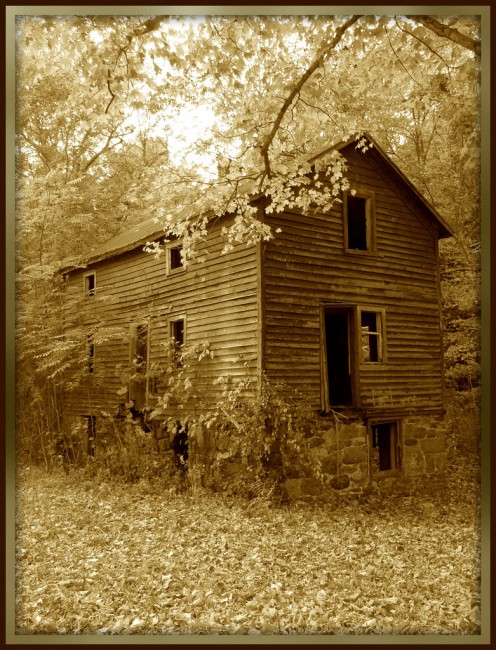
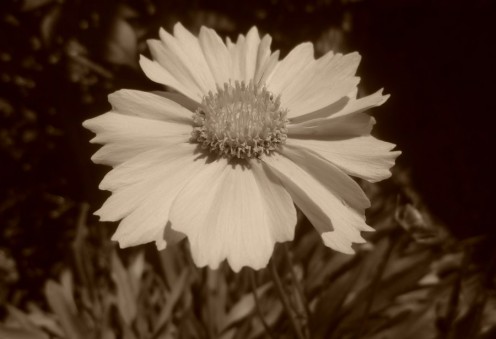
Besides being used for the study of shape and texture, and decorative purposes, sepia photographs can be shown at fine art galleries and for any other purposes for which other photographs are used.
Sepia is also used to give images a more sober and dramatic look and feel and an overall antiqued look.
Some photographers who use sepia often often pose their models in what is commonly referred to as a sepia pose.
This style is used when one wants to show a model in an simulated old fashioned mode, usually dressed in clothing representative of the time. Sepia poses reflect a more elegant theme reminiscent of times past.
- 30 Beautiful Examples of Sepia Photography | PSDFan
Today we bring you 30 beautiful examples of sepia photography. Learn about sepia photography, it's purpose in the design, and be inspired by these wonderful pictures and resources.
© 2011 Luis E Gonzalez

![Adobe Photoshop Elements 2018 [Old Version]](https://m.media-amazon.com/images/I/51AQ4wl7eOL._SL160_.jpg)

